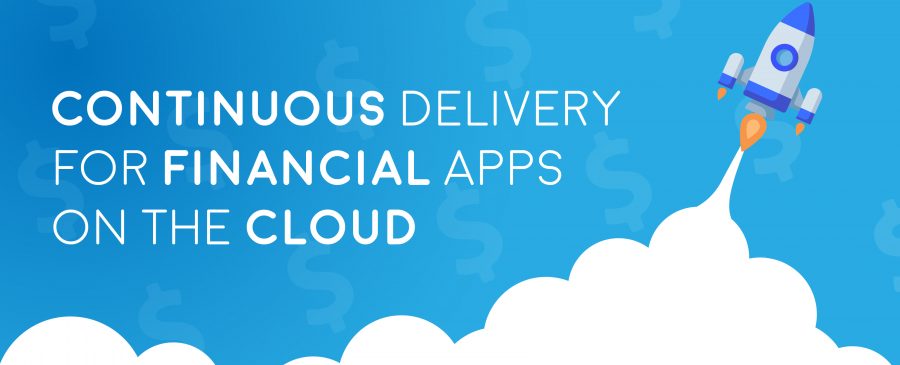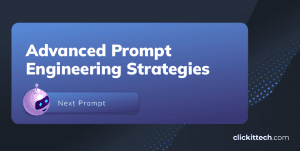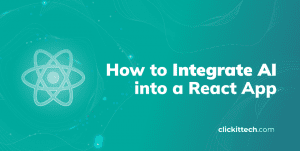The financial world is getting a 360-degree update right from concept level. According to Statista Market Insights, the revenue of the global fintech sector is forecast to increase further in the coming years, exceeding 141.18 billion U.S. dollars in 2028. Be it traditional money or a heap of new cryptocurrencies, finance is getting its share of transformation for the first time in a century. Taking a deep dive into what goes behind the scenes, this industry is supported by a bundle of technologies dedicated to security, accuracy, enhancement of performance, cost saving and advancement in operation at scale. Modern technology is revolutionizing finance, giving birth to specialized job roles and interoperable verticals like Financial services cloud and Fintech
Continuous Delivery for Financial Services in the Cloud
The increased role of computing and automation in the financial services cloud sector throttles the immense scope of improvements and rise in competition among the market players. Financial companies and banks are exploring options to improve their processes and increase revenue by plugging leakages in the markets they already own. Followed by bringing the cost of operation down by operating at scale and enhanced automation practices. Continuous Delivery is a term coined to note a process of smooth updates to the system without any downtime and addition of new tested services on the go.
DevOps in Financial Services Cloud
The more digitally engaged a company is, wider is the spectrum of services it can offer to its customers. As the Financial services cloud becomes online and mobile, financial companies are boosting their IT infrastructure to fit in their customer’s hands and experiencing an increment in the revenue generated by offering services based on customer data personalization. As the process becomes complicated and resource intensive, applying DevOps practices over Financial Infrastructure greatly simplifies processes, as well as billing on the Cloud.
The leading role of DevOps practices in the Financial Industry is to ensure seamless integration of technology, data protection and a process efficiency for the app’s functioning at scale.
One Integral part of the whole process is Continuous Delivery for Financial Apps. It ensures continuous release of new features, as well as safeguards the app from sudden surprises from new releases. Continuous Delivery of a Financial App considers the following aspects:
Automate the Software Release Process
The Software development process is definitely not an easy feat, and its complexity is continuously increasing. Financial Apps are under the need of a complete-well-designed Software Development and release process, which can not be completely solved either by the principles of Agile or by the Continuous Integration practices.
A Fintech company requires a highly secure and auto-scaling infrastructure, and this can only be achieved by a Continuous Delivery Model, which involves all the development practices. Continuous Delivery is a software strategy based on the automation of processes, making them repeatable and reliable with the purpose of deleting the probability of making mistakes while doing it manually.
Find and Address Bugs Quicker
Continuous Delivery is a set of tools that integrate all test cases in an automated fashion and simulate the testing environment on the go for every bug addressed in any component under consideration. A Continuous Delivery Model is a useful tool implemented by developers to help them do quick monitoring while helping them to find any kind of bug that could be snagging the App functionality.
This time reduction can only signify two things. The first one is a reduction in human efforts, there’s no need to have an exaggeration of developers working on something that can be automated and done by a few of them; and number two, a cost-savings billing.
Improve Developer Productivity
Developers are in charge of automating as much as possible during the testing process. This automation enables them to have immediate feedback and, as a consequence, allows them to make fixes faster than with manual testing processes. Members of the team need to be able to operate independently and collaboratively.
A continuous Delivery Model helps to accelerate the cycle time of a fintech app, at the same time improving Developer’s productivity, since its automation will reduce the time that Devs need to test and verify every feature.
Deliver Updates Faster
Financial apps are under constant pressure to deliver better services and beat the competition, only achieved with quick integration and faster release of features, and adherence to any updates in regulations. Continuous Delivery is a strategy capable of offering them continuous software updates. The implementation of DevOps practices will give these infrastructures the ability to update the production environment faster without any kind of service downtime. Under this approach, companies are witnessing increased productivity within their software development teams.
To Sum up Financial Services Cloud
The benefits of adopting Continuous Delivery on the Financial services cloud can be significant. This means facing an improvement in time to market, a reduction in cycle time and an improvement in productivity. Managing a business model like this allows organizations to have a quicker customer response. It will always depend on your business size, but I’ll say the larger your Financial services cloud business is, the more important it is for you to apply this model to your sector industry.










